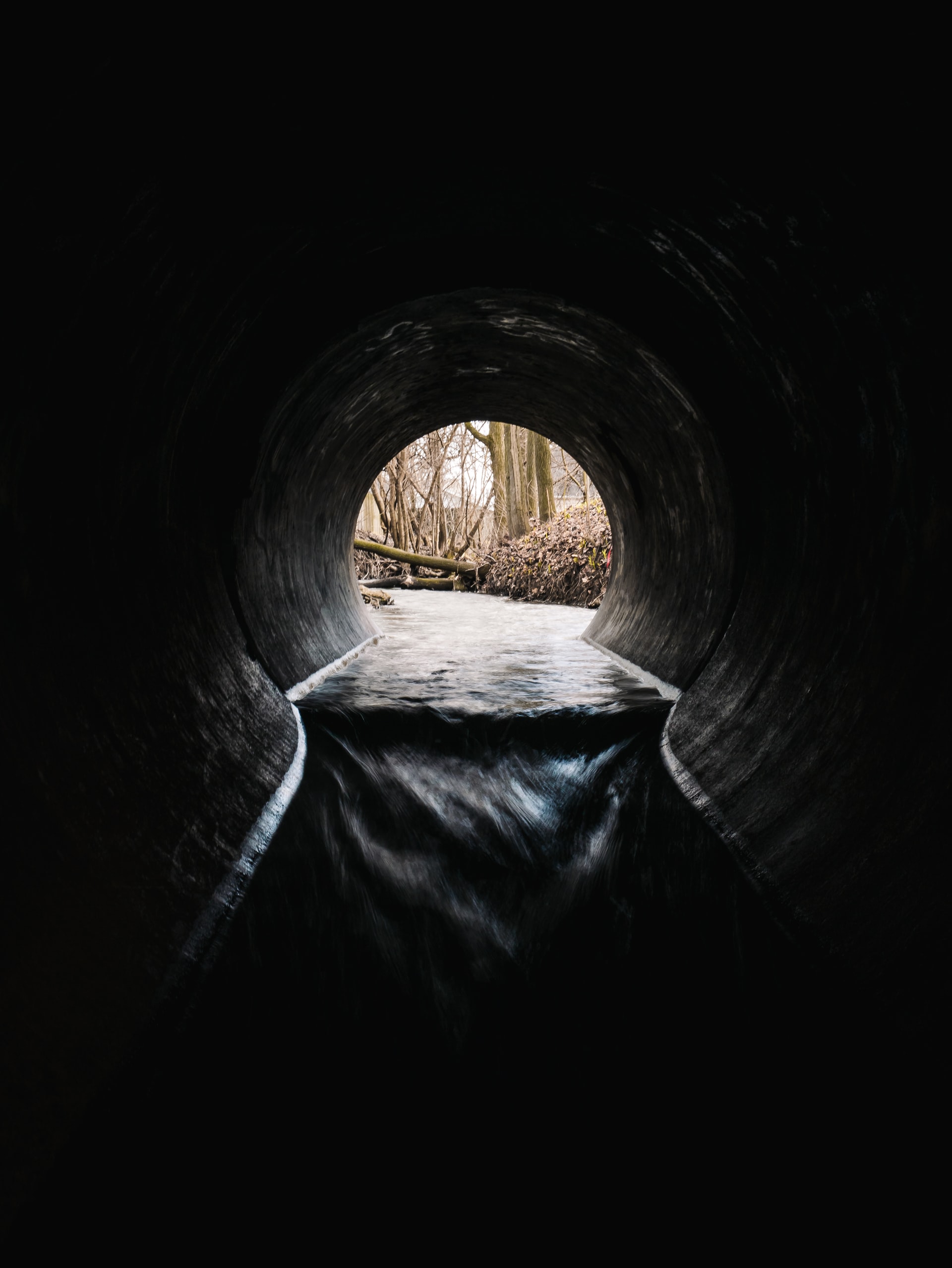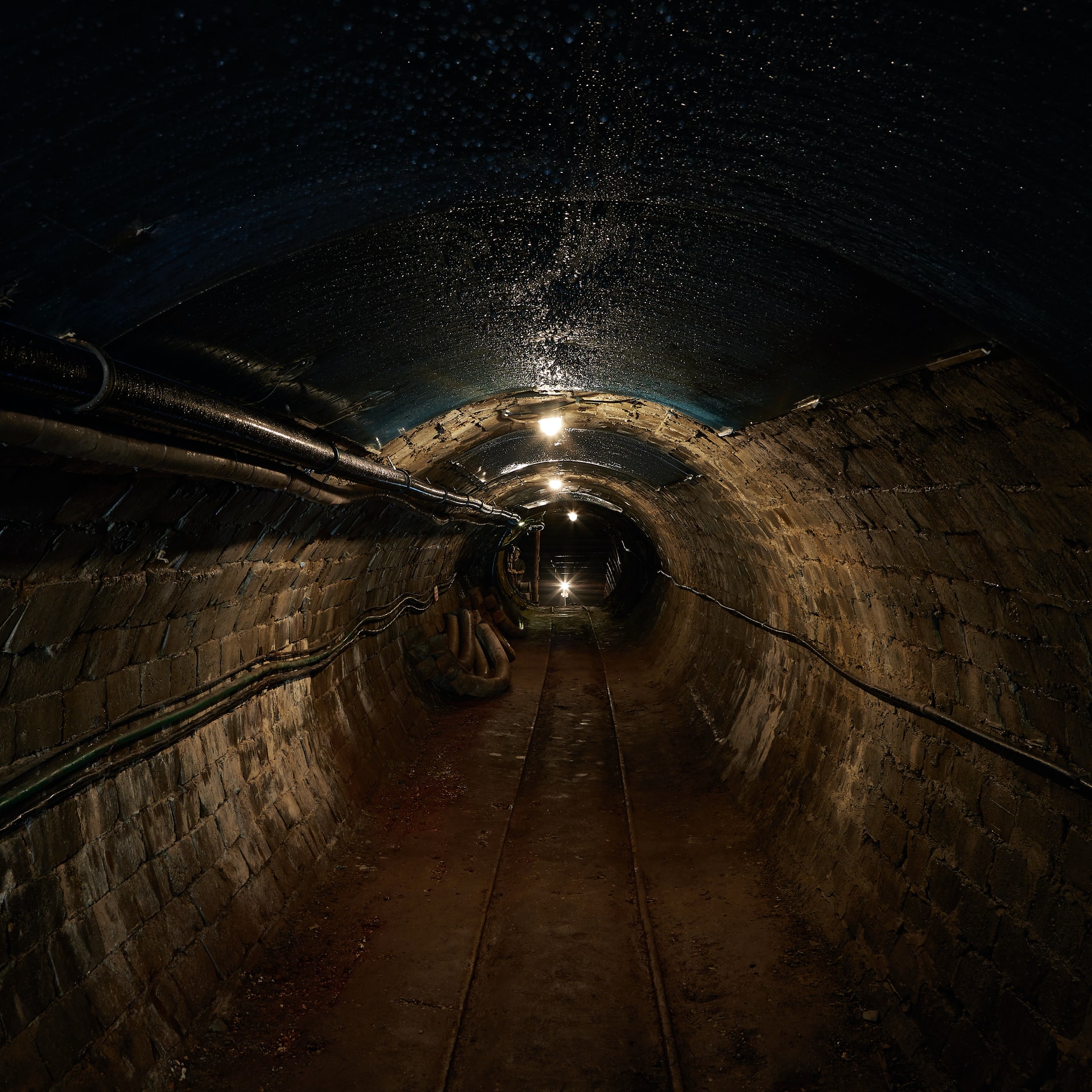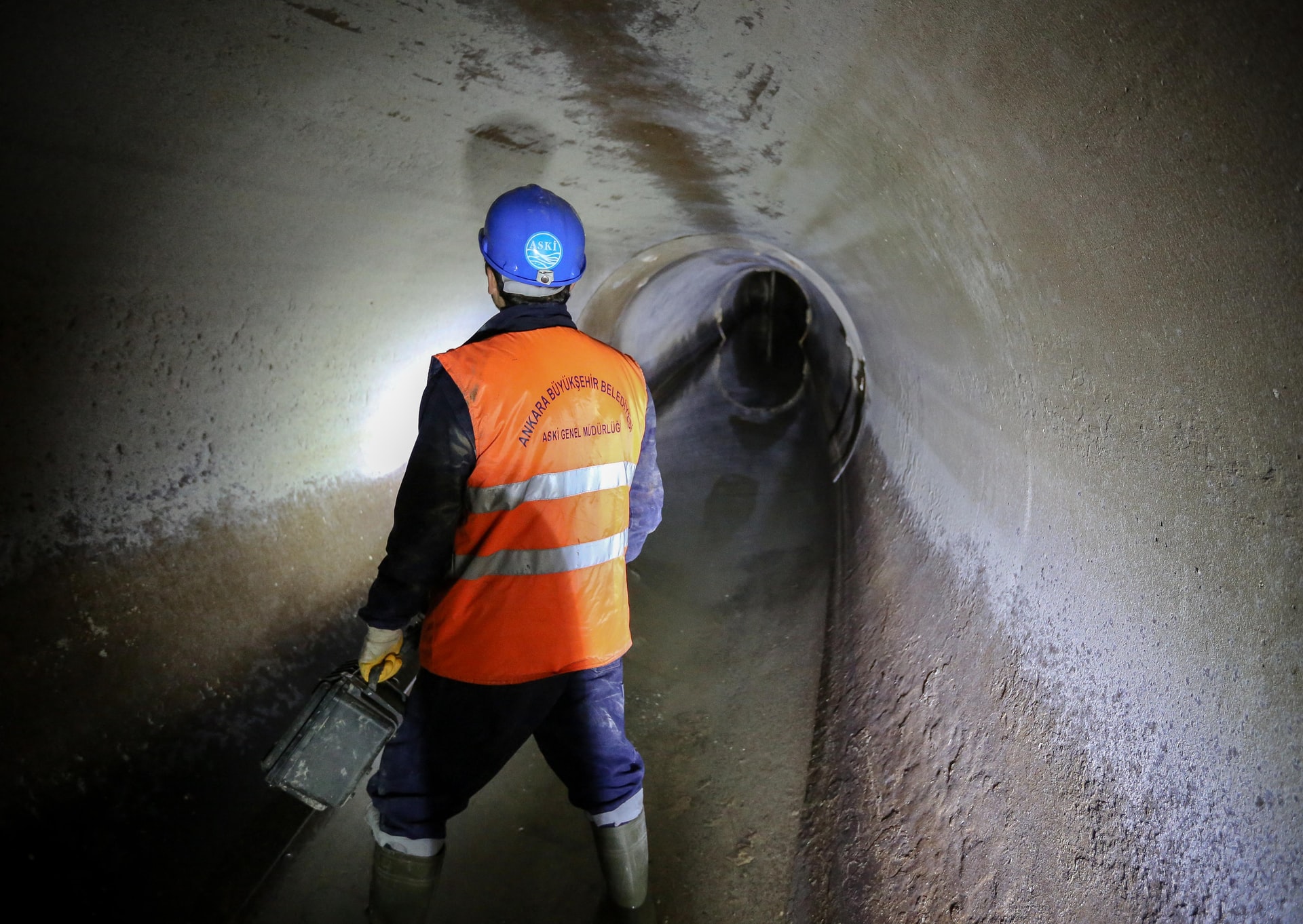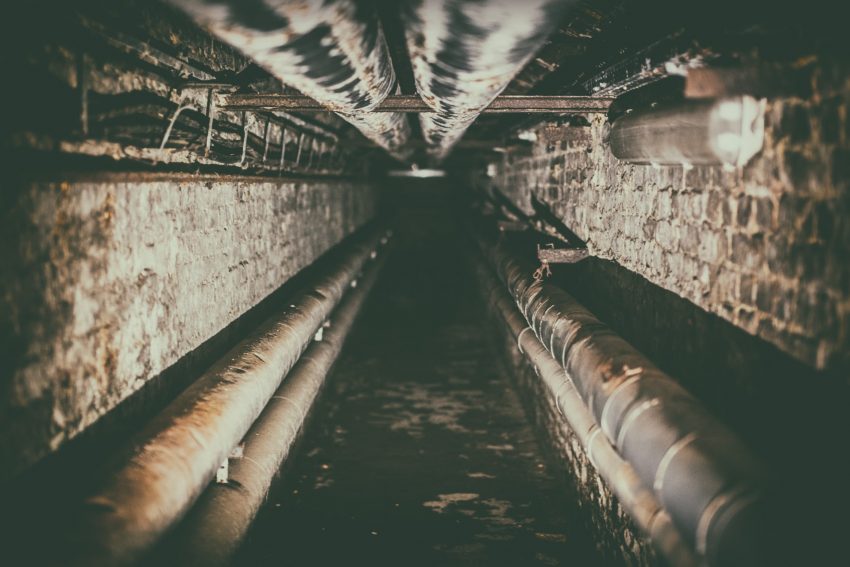Two methods can be used to collect wastewater from your home: collection via an individual sewage system and collection via the public sewage system. If you live in a communal area, the connection to the sewerage system is mandatory. This article will discover the regulations related to this subject, the conditions to be respected during the work, and the cost generated by these last ones.
What exactly is a sewer system?

The sewerage system refers to the sewerage network established under the public road. It collects wastewater and carries it through pipes to a treatment plant. Once there, the wastewater will undergo treatment. If a collective sewage network is set up in your municipality, its connection must be prioritized.
You should know that the connection to the sewerage system has many advantages, including
Aesthetics
The network is installed under the public road. It allows you to do without visible pipes on your property or in your house.
Reduction of sewerage expenses
In addition to the aesthetics, this system saves you from spending money on cleaning. Indeed, the maintenance of the sewerage system is taken care of by the municipality. The municipality is the only one with the necessary knowledge to carry out the work. It can then ensure the system’s operation and knows perfectly well the amount that should be allocated to the maintenance of the pipes.
Environmental protection
As mentioned above, the wastewater is transported to a treatment plant for treatment. It is then purified and recycled, which ensures the preservation of the environment.
What does the law say about the connection to the sewerage system?

According to articles L.1331-1 of the Public Health Code and L.2224-10 of the General Code of Local Authorities, connection to the sewerage system is mandatory as soon as:
- The public sewerage network is installed under the public road
- The dwelling can access this public road either directly or through private roads or easements of passage
- The dwelling is located on a parcel of land in the collective sanitation zone.
The connection must be made within two years from the date the collection network is put into service. Failure to meet this deadline may result in an increase of up to 100% of the sanitation fee.
The work of connection to the sewerage system
In order to carry out work according to the standards, certain essential points must be taken into account.
Requesting authorization from the town hall
For administrative and technical reasons, it is compulsory to carry out some steps before any intervention on the public road, namely
- The request for authorization to occupy the public domain
- The request for road permission.
Financing the work
The costs of the work related to the public part of the site are the local authority’s responsibility. As for installing the pipes on the private part intended to convey the wastewater to the public sewer, you are responsible for the costs. However, the municipality will most likely charge you a sewer connection fee to reimburse part of the costs incurred.
Please note that the connection to the sewerage system implies the disconnection of the septic tank in order not to disturb the functioning of the treatment plant. The septic tank is bypassed by a PVC pipe range CR8 with a diameter equal to 160 mm. The operation is very simple: emptying and disinfecting the installation before connection.
The choice of the professional

Before rushing to contact a professional to carry out the work, be aware that the choice is not always yours. There are three possible hypotheses:
- Either the EPCI submits a list of approved companies from which you will choose one.
- Or the municipality imposes a specific company to carry out the work.
- Finally, you are free to choose a service provider. The latter must carry out all the necessary administrative procedures before carrying out the work.
Sound off in the comments section below and tell us what you want to read next and if you want to read more about the sewer system.

